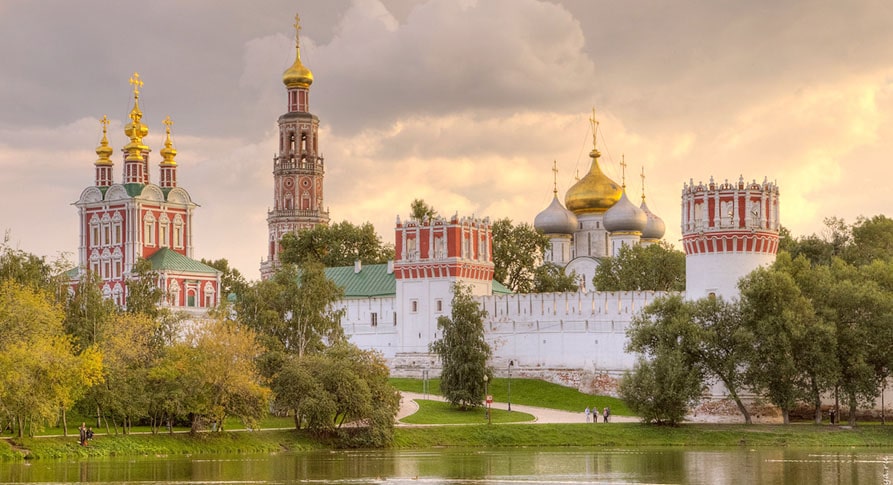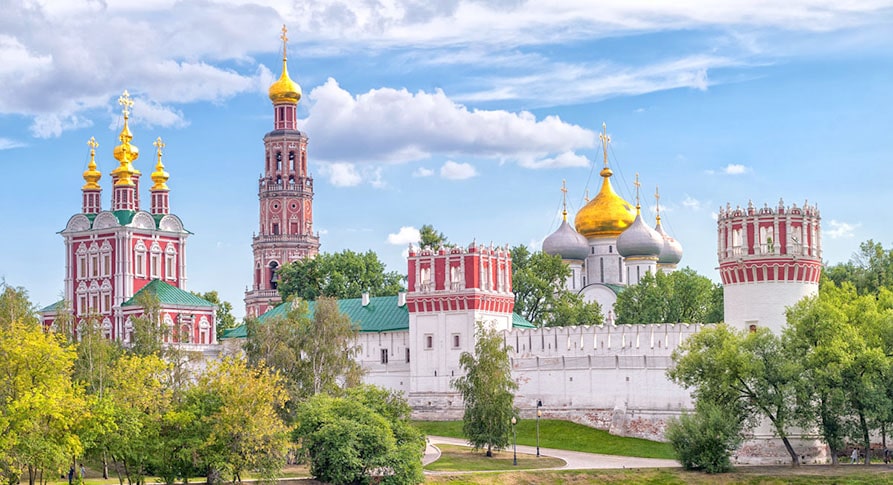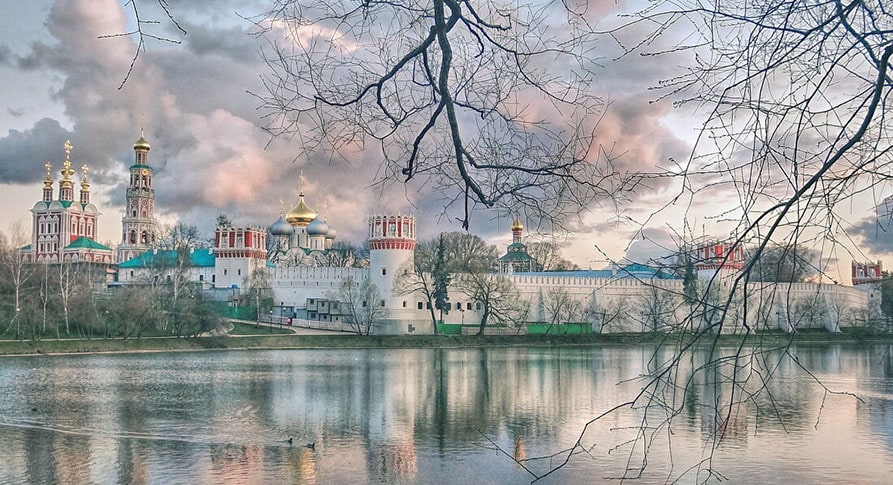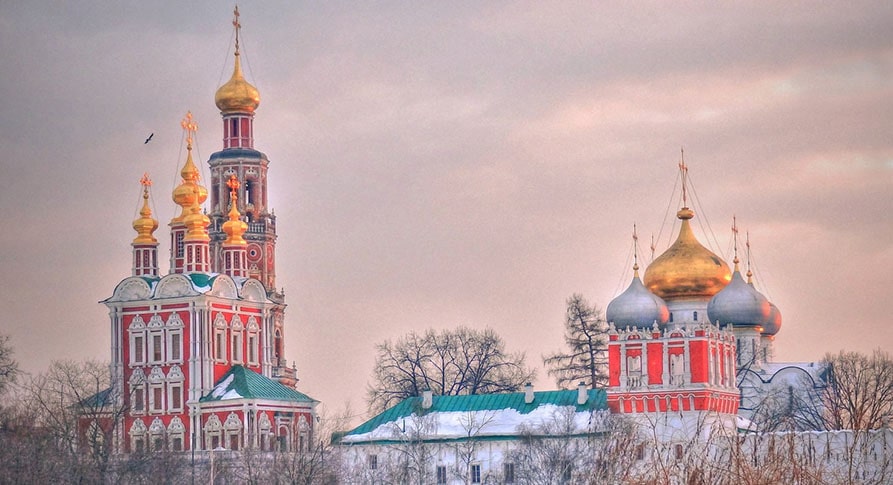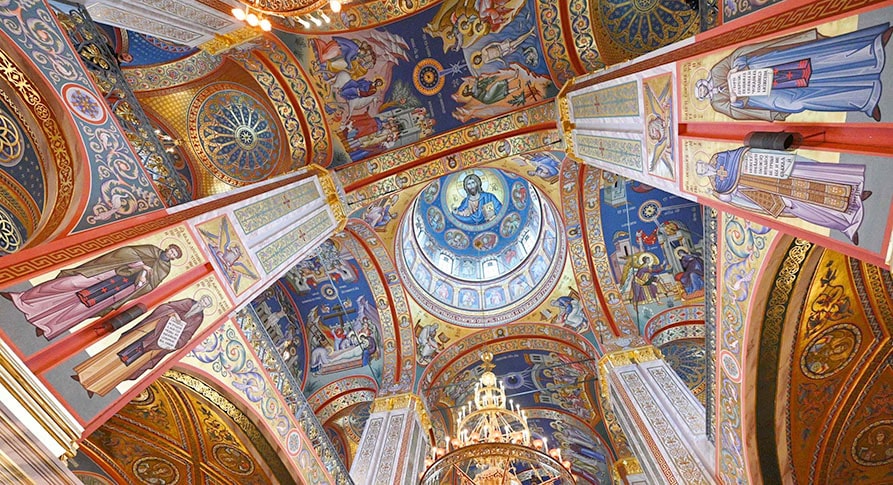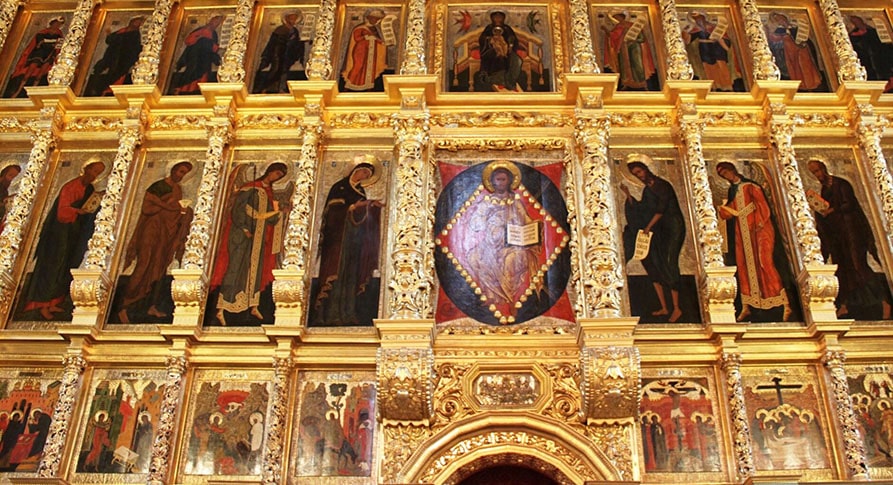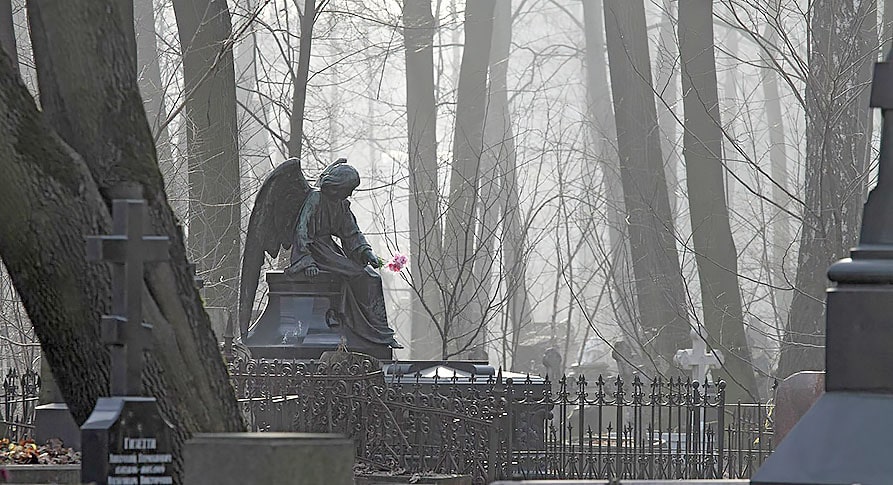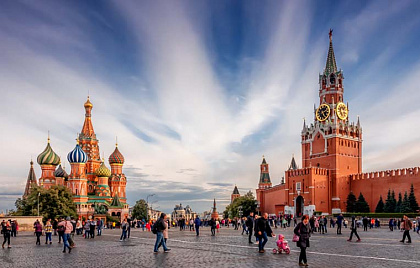Novodevichy Convent
Novodevichy Convent, designated by UNESCO as a World Heritage Site, is a magnificent pearl of Russia's old church architecture, one of the most beautiful cloisters in all of the Orthodox world. It's like a white swan gliding across a nice pond that once inspired the great Russian composer Pyotr Tchaikovsky to create his famous Swan Lake ballet... The perfect majestic contours, towers topped with sophisticated carved white stone crowns are picturesquely mirrored in the water surface.
Novodevichy Convent was founded in 1524 by Russia’s ruler Grand Prince Basil III, to celebrate the re-conquest of the ancient Russian town of Smolensk from the Lithuanian Principality. The main cathedral – and all the convent - was dedicated to the Smolenskaya icon of Our Lady of Hodegetria, one of the holiest Orthodox shrines which Basil’s mother, Sofia Paleologue, niece of the last Byzantium emperor, brought to Russia in 1472. The new convent as an important pillar of Orthodox faith had to demonstrate Basil’s idea of Russia as the successor of the Byzantine Empire’s might and glory. The Prince allocated 230 kg of silver for architectural works. The ensemble’s dominant Cathedral of Our Lady of Smolensk is reminiscent of the Assumption Cathedral in the Kremlin. In the late 1600s the present unique architectural ensemble was shaped in the Moscow Baroque style which never fails to fascinate travellers.
However, the elegance of the convent ensemble is deceptive! In ancient times, it was part of the city’s defense chain, an insurmountable bastion surrounded by fortification walls and towers and defended by a garrison. The convent-fort has withstood the tumult of civil unrest and foreign enemies’ raids. It's a silent witness of many dramatic events and of unparalleled heroism of its defenders: both men and women. As Paul’s Epistle to the Ephesians says: “Put on the whole armour of God… Stand therefore, having your loins girt about with truth, and having on the breastplate of righteousness; And take the helmet of salvation, and the sword of the Spirit, which is the word of God.”
Novodevichiy Convent always held great importance in religious, cultural and political life. It became extremely rich, endowed with land, peasants, and tax breaks. One of the reasons for these privileges was that for centuries it used to be home to many disgraced women of the Russian nobility and even royal family who were forced to take the veil: Irina Godunova, Ivan the Terrible’s daughter-in-law and Evdokiya, Peter the Great’s first least-favored wife to name a few.
The convent reached its heyday under Peter the Great’s half-sister Princess Sofia, ruling as his regent in the late 1600s. She donated richly to the development and embellishment of the cloister. The historical irony is that after Peter I assumed power in 1689, Sofia who didn't want to obey to her brother as legal sovereign on the throne, was confined to the Novodevichy Convent and imprisoned there for life!
In 1812, when Napoleon occupied Moscow, French troops stood in Novodevichiy for a month. Upon retreat, they mined the cathedrals with kegs of gunpowder and started a fire; luckily, the nuns risking their lives could extinguish the flames and spare the cloister! However, Napoleon was eager to see the glow over the convent. For this purpose, he called a halt at Starrow Hills which overlook the city. He was determined - if nothing happens - to go back and get it done. A local resident, whose house stood close to the monastery, knew that sinister plan. And in order to save the shrine, he put on fire his own home. That was enough to confound the French Emperor: when he saw the flames, he left the city.
By the beginning of 19th century, the convent was home to 300 nuns engaged in church activities, bread making, vegetable growing, painting, and needlework - in particular, intricate embroidery with gold thread, a traditional craft in Russian cloisters. They continued their charitable efforts during the First and Second World Wars, nursing soldiers, sewing uniforms, and sending parcels for the war front. Nowadays, Novodevichy remains in the thick of life, being a spiritual and cultural center, a treasure trove of religious artifacts and artwork.
Next to the convent there is Novodevichy Cemetery, Moscow's most important (after the Kremlin’s Wall) necropolis. With more than 27,000 tombs, it is the final resting place for a number of outstanding people who have marked Russia’s history. Here you can ‘meet’ many heroes of the WWII; cosmonauts including Gherman Titov, the second human in space; state and political figures: Nikita Khrushchev, Boris Yeltsin, Vyacheslav Molotov, Soviet foreign minister in 1939-49, Joseph Stalin's wife Nadezhda Alliluyeva, Yuri Luzhkov, Mayor of Moscow in 1992-2010; prominent Russian writers Chekhov, Gogol, Bulgakov, Mayakovski; great musicians Rostropovich, Shostakovich, Rubinstein, Shalyapin and many others.
In the lapse of time, Novodevichy convent has left behind its turbulent past, and has become a true oasis away from the hustle and bustle of Moscow. Today, when seeing the majestic monastery walls, a warm wave of grace rises in our soul and makes us remember the words of Sergei Yesenin, the most lyrical Russian poet of the Silver Age:
When the azure gets misty and blooming,
And the sunset hangs over the bridge
I can see you, my wandering woman,
Go to bow to the cross and beseech.
The convent and a lovely natural spot with pond and park is a perfect place for an enjoyable getaway both for locals and tourists. There’s a legend about the site. If at night you go to the park adjacent to the convent and meet the full moon rise there, then perhaps one of your beloved ones will make a great progress in his life, have a lot of success in his activity and become famous. True or false? If you never go, you will never know!

